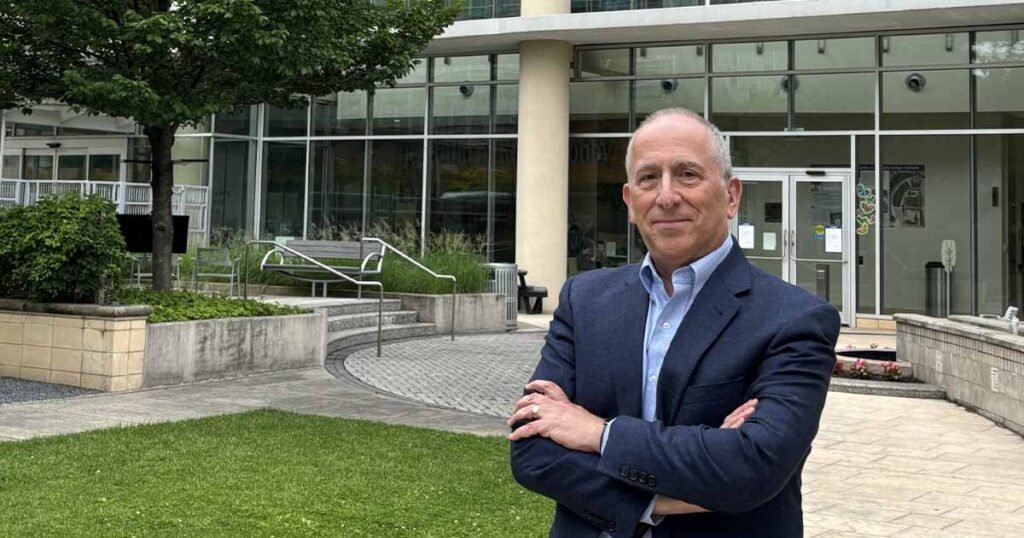“With START, we’ve reduced the time from 237 days to about 15 days,” Lipkin said. “So, in about two weeks, a child is seen by a professional within the Kennedy Krieger system. That is a substantial reduction in wait times and improvement in access.”
Additionally, families are reporting higher satisfaction with the process. They appreciate the ability to connect with professionals right away, have their concerns addressed, and get their child the care they need in a timely manner.
LOOKING AHEAD
As START continues to make a positive impact on access to care for children with developmental disabilities and neurologic problems, Kennedy Krieger is looking ahead to how they can further improve the program.
“We are exploring ways to expand the program to serve a wider range of ages and conditions,” Lipkin shared. “We are also looking into incorporating more advanced technologies, such as artificial intelligence, to streamline the triage process even further.”
Overall, the success of START has been a testament to the power of telemedicine in improving healthcare access and delivery, especially for vulnerable populations like children with special needs. Kennedy Krieger Institute is leading the way in using innovative solutions to address longstanding challenges in the healthcare system.
In the process of implementing START, the wait time for medical visits has been significantly reduced, according to the comparison of 2024 data to 2023. The wait time for a medical visit has been cut down from 237 days to 117 days, which means a reduction of three to four months from the time of the initial call. This improvement has been lauded as a major achievement, although there is still room for further enhancements.
Furthermore, the wait time for children waiting for medical appointments has also been halved, from 132 days to 70 days. Nonmedical appointments have seen a similar reduction, going from 132 days to 70 days as well. This accomplishment has been attributed to the implementation of an upfront video triaging system and collaborations with program and health IT integration, which have collectively expedited the process of patients being seen.
Dr. Lipkin emphasized the significance of leveraging telehealth in delivering healthcare services more efficiently. By focusing on the history-taking aspect, which constitutes 90% of the evaluation process, telehealth consultations have proven to be fruitful in addressing long wait times and waitlists. The START interviews, which typically last 15 to 20 minutes, have enabled the completion of over 500 consultations, with the only limitation being staffing constraints.
The ultimate goal is to streamline in-person visits by combining the information gathered through telehealth consultations with a more concise in-person examination. This approach not only optimizes the delivery of care but also increases the capacity to accommodate more patients within the existing staffing constraints.
In conclusion, the successful implementation of START has demonstrated the transformative power of telehealth in healthcare delivery. By prioritizing the history-taking process through telehealth consultations, healthcare organizations can address long wait times, improve patient access, and enhance overall efficiency in care delivery.
For more updates and insights on healthcare IT, you can follow Bill’s coverage on LinkedIn or reach out to him via email. Healthcare IT News, a HIMSS Media publication, continues to provide valuable information and resources on the latest trends and innovations in the healthcare IT landscape.


